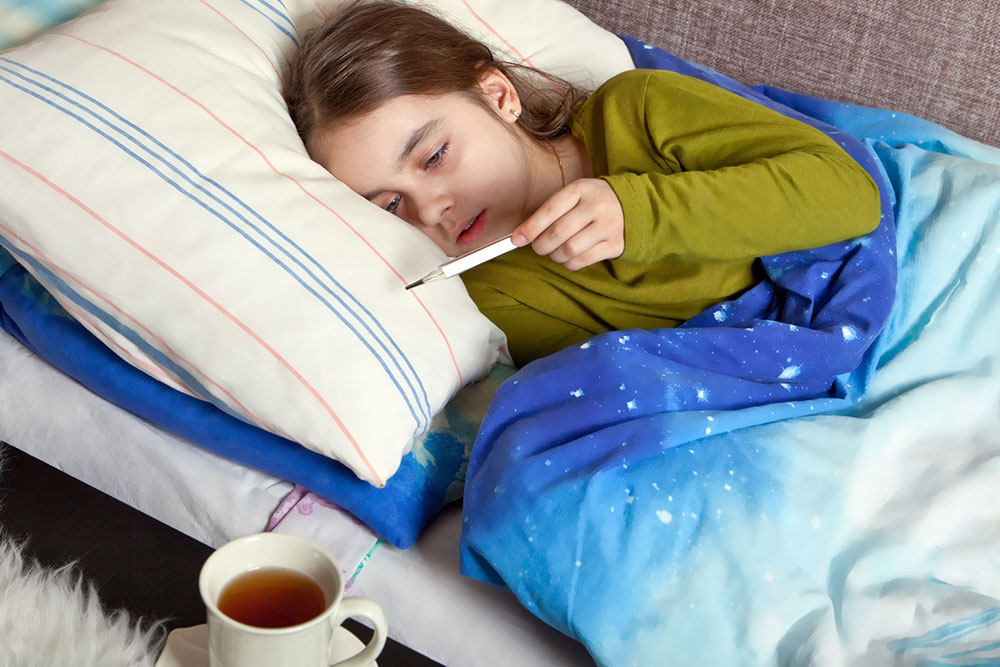Effective Strategies for Managing Fever Symptoms
This article offers practical guidance on managing fever effectively, including symptoms recognition, treatment options for children and adults, and when to seek medical or emergency care. It highlights the importance of monitoring temperature using digital thermometers and understanding fever thresholds. Overall, it emphasizes that fever is a common immune response and provides safe, effective strategies for relief and timely medical intervention.

Effective Strategies for Managing Fever Symptoms
A fever is characterized by an elevated body temperature, often signaling an infection. Experts consider low-grade fevers typically harmless and sometimes beneficial to the immune response. Normal body temperature averages 98.6°F (37°C), but it can fluctuate between 97°F (36.1°C) and 99°F (37.2°C) based on activity and time of day. Older adults generally have lower baseline temperatures. Recognizing when you have a fever involves monitoring temperature readings with a thermometer to determine if it exceeds specific thresholds.
To assess fever severity, consult a temperature chart. A measurement of 100.4°F (38°C) or higher via the temporal artery, ear, or rectal methods indicates fever. Oral readings above 100°F (37.8°C) and underarm readings over 99°F (37.2°C) are also signs of fever.
Should you treat a fever?
Treating a fever mainly aims to ease discomfort and promote rest. It does not influence the disease’s progression or duration.
How to Manage Fever in Children
Many children with high fevers feel relatively well. Treatment depends on their level of discomfort. Ensure they stay well-hydrated, dress lightly, and use a light blanket if they feel chills. Use medications like ibuprofen or acetaminophen according to dosage instructions. For infants under six weeks old, avoid medications and seek medical advice instead.
Adult Fever Care
Management should be based on the patient's overall condition. If the temperature exceeds 103°F (39.4°C), they’re likely feeling very unwell. Over-the-counter medications like ibuprofen or acetaminophen can help alleviate symptoms.
When is medical attention necessary?
For infants younger than three months, prompt medical evaluation is crucial. Between three and six months, if the temperature reaches 102°F (38.9°C) and the child feels distressed, medical help is advised. If a child ages 2-17 years has a fever over 102°F lasting more than three days or resistant to medication, consult a healthcare professional.
Signs for urgent care
Seek emergency medical assistance if fever persists for several days accompanied by severe headache, stiff neck, vomiting, seizures, confusion, or other concerning symptoms.
Measuring Body Temperature
Use a digital thermometer—types include oral, ear, and temporal artery devices. Follow the instructions and clean after use. Comparing readings with a fever chart helps assess severity.
Frequency of Monitoring
Regular monitoring is especially important in children, including during sleep. If temperature readings are high or fluctuating, measure every hour. Advanced thermometers can measure without disturbing sleep.
A persistent elevated body temperature indicates a fever, which is a natural immune response to infection. It’s a symptom, not a disease, often accompanied by fatigue, headache, or other symptoms. Usually, fever is not severe but signals the body's fight against illness.









